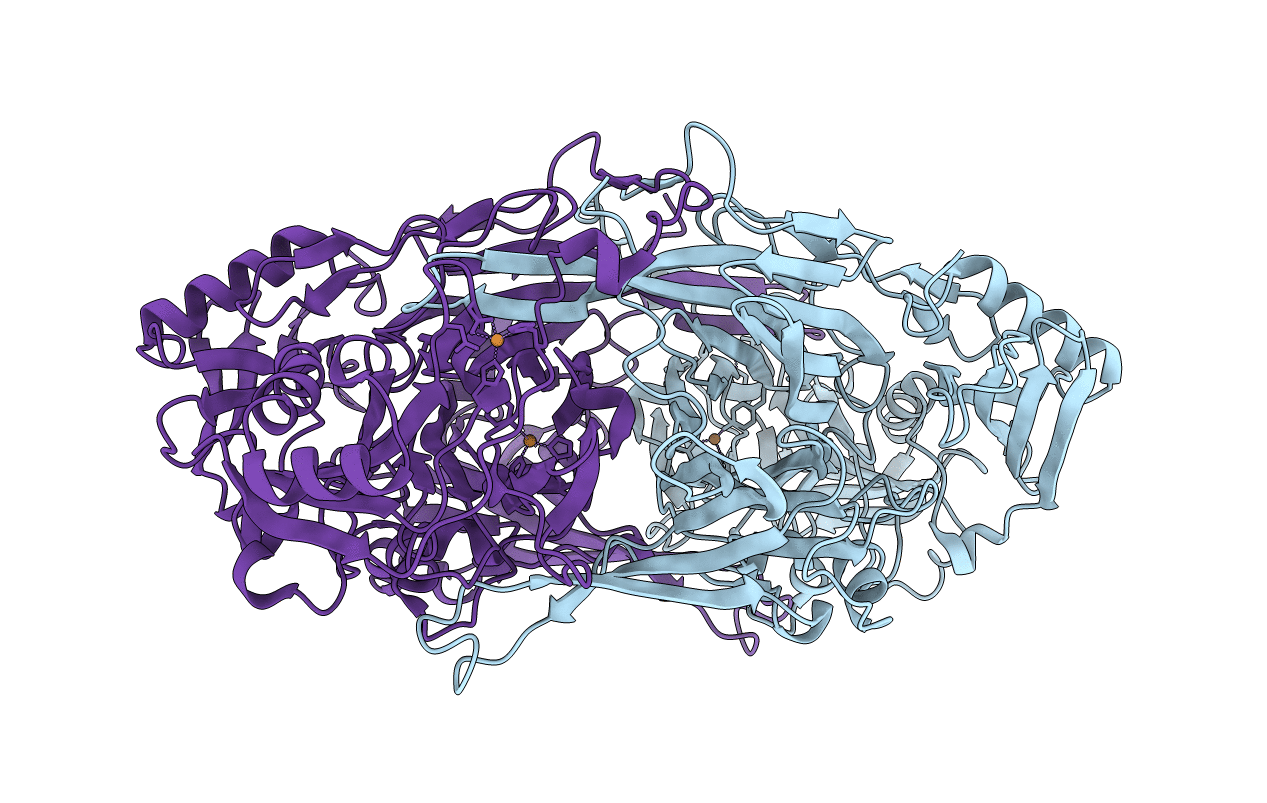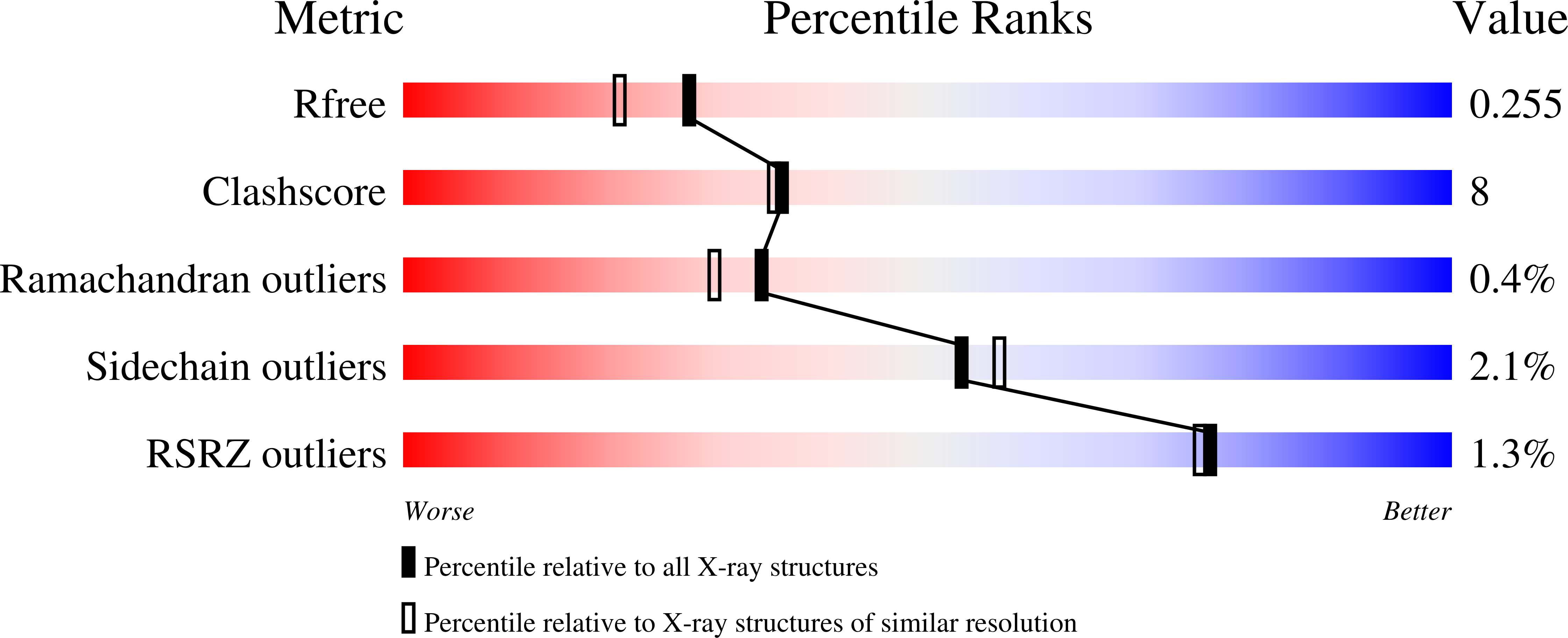
Deposition Date
2003-07-15
Release Date
2004-04-20
Last Version Date
2024-10-30
Entry Detail
PDB ID:
1UI7
Keywords:
Title:
Site-directed mutagenesis of His433 involved in binding of copper ion in Arthrobacter globiformis amine oxidase
Biological Source:
Source Organism:
Arthrobacter globiformis (Taxon ID: 1665)
Host Organism:
Method Details:
Experimental Method:
Resolution:
2.00 Å
R-Value Free:
0.28
R-Value Work:
0.20
R-Value Observed:
0.21
Space Group:
I 1 2 1


